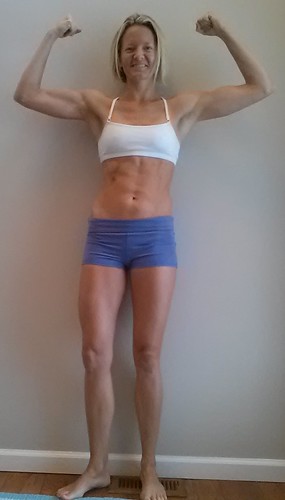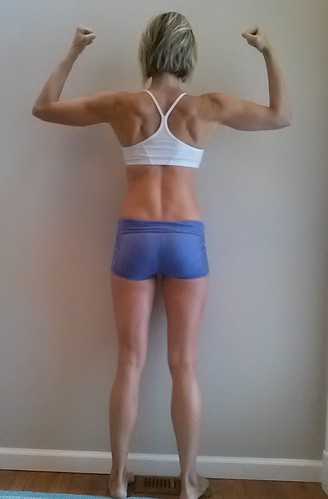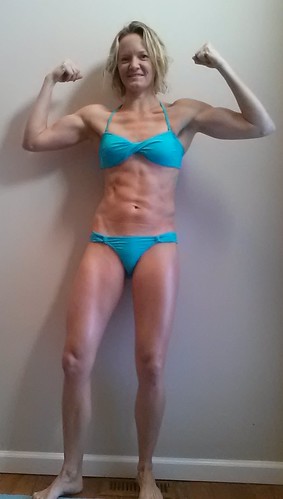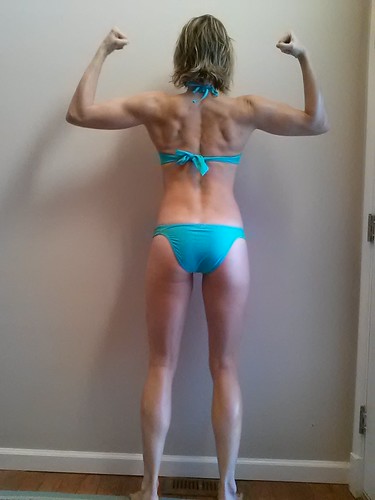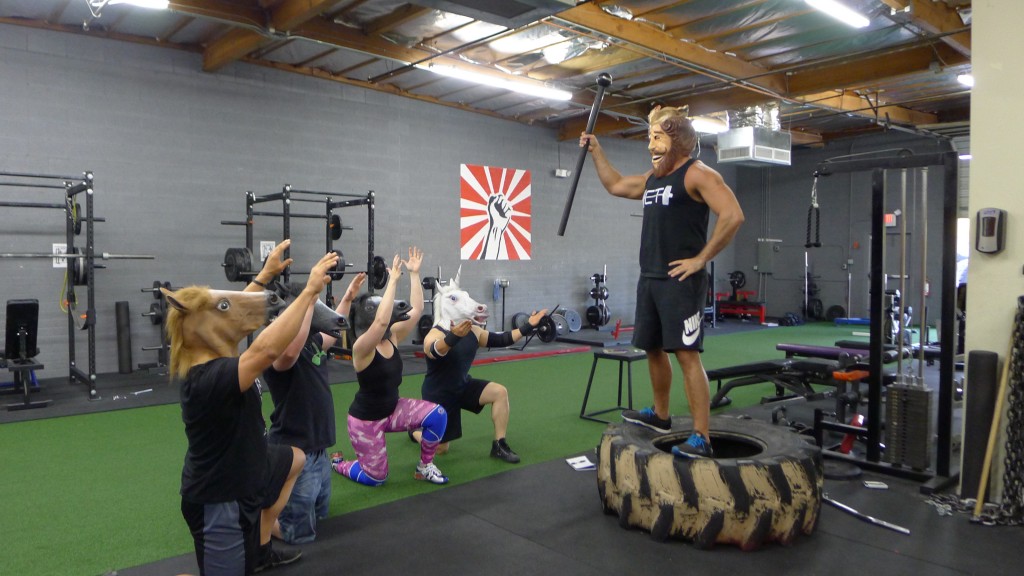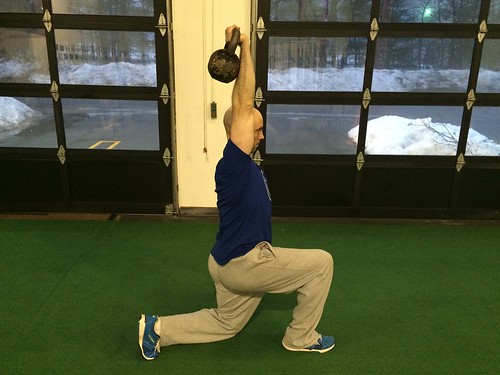Let first state for the record that:
1. I generally avoid confrontation. In fact I hate it.
2. I’ve long ago accepted that no one can make everyone happy, and that by choosing to make myself more of a public figure with my writing and speaking, that it opens up the flood gates to (more) people being candid with their opinions and criticism (both negative and constructive) with my work.
When I first started writing – especially when my prose (if you want to call it that?) started to appear in more mainstream outlets – it was hard for me to pull a Jay-Z and wipe the dirt negative comments off my shoulder.
In time I learned to do just that. I either ignored said comments and moved on with my life, or I played along with them.
Like the one time I caught flak for writing an article on bench pressing and a reader commented that he stopped reading after the first paragraph because I had noted my best lift was 315 lbs.
I replied, “yeah but my internet max is 405 lbs, so we’re all good.”
I’ve just learned not to let certain comments bother me, that many people just things (and themselves) way too seriously, and that some people will suck at life no matter you say or don’t say.
As the saying goes, hates gonna hate.

But then every so often someone chimes in with a comment that, like an unexpected case of explosive diarrhea, makes your day pretty shitty.
Pun intended I suppose.
A few days ago I wrote a blog post titled The Forgotten Quality of the Fitness Industry. In it I discussed the virtue of integrity and how, like any profession, there seems to be a lack of it in the fitness industry.
It’s grown to be an industry that predicates itself on quick fixes and individuals who prey on other individuals in order to charge their credit card $49.99 for some detox elixir that contains goji berries, flax seeds, and grass fed dark chocolate mixed in Unicorn tears.
Moreover, it seems anyone with an Instagram account and has an ass, and is willing to showcase it 24/7, can become an authority on fitness. Credentials, education, and actual experience be damned.
At the end of the post I made a soft pitch/endorsement towards Examine.com, a nutrition and supplementation website that’s dedicated to providing factual, peer-reviewed, UNBIASED information to the masses. A site I feel epitomizes integrity.
Apparently I lack integrity for doing so.
The following is a comment I received yesterday:
Wouldn’t lack of integrity also be the affiliate market which you are such a huge part of?
I mean promoting a product in 99% of your posts that I can bet the majority you haven’t tried personally or used with clients falls into lack of integrity as well.
Just because another coach is in your affiliate circle doesn’t mean you should pimp out their products as the next greatest thing.
There is a difference between recommending something you have actually used, but pimping out a product just because of someone’s name or reputation without testing it on yourself and/or your clients is just as bad and misleading as your claims on this post.
For the record: I don’t feel the commenter was being a “troll,” and giving credit where it’s due: he didn’t resort to ad hominem attacks and he even used his real name. But I do feel his “attack” was unwarranted.
Against better judgement (and the advice of friends and colleagues who told me it was a waste of time to do so anyways), I decided to comment on his comment.
Yes I realize it’s (probably) going to fall on deaf ears. And yes, I realize that by responding to someone who’s not in my “Tribe” in the first place, is more than likely never going to sign up for my newslettter, purchase anything from me, much less vote for me for Class President, can be seen as a waste of time.
However, his commentary and tone is something that needs to be addressed, because it’s a theme that constantly pops up.
That, and My Integrity is Something I Take Very Seriously.
For starters lets address the comment: “I mean promoting a product in 99% of your posts that I can bet the majority you haven’t tried personally or used with clients falls into lack of integrity as well.”
This. Is. False.
This comment is crazy.
Since it was directed towards Examine.com in the first place, let me say this. It’s a good product, and one I think will help people. Does my soft pitch at the end of the post in question help move some units? I sure hope so.
But consider this:
In the back end of my blog, my metrics indicate that, including this one, I have now published 1514 posts. Of those, if I had to take an educated guess, less than 100 have mentioned or “promoted” some type of program or product.
Less than 100.
That comes out to about 7%. And I think 100 is an aggressive number. In addition that isn’t counting any of my articles published elsewhere, which, like my blog, are a FREE resource.
So, really: it’s mathematically unarguable that I only “promote” stuff I believe in. Programs and products that I really and truly think will add value to my readers or the fitness community and industry over all. It’s my intention, always, to direct people towards products I feel will educate the.
But for shits and giggles, lets take a look at the last five products I’ve helped pimp (and as a result, sold my soul) endorse.
Examine.com – As noted above, a nutrition and supplement website that prides itself on using peer-reviewed, factual information to educate the public. It doesn’t sell supplements.
Yes, I use it. I’d be a fool not to!
Lift Weights Faster 2.0 – Developed by Jen Sinkler who, admittedly, is a friend of mine, but a stellar coach nonetheless and someone I have a ton of respect for. She’s an accomplished editor, writer, and someone who has never pigeon holed herself into any one specific training modality or approach. She’s literally done everything.
Oh, and she was a former member of the National USA Women’s Rugby team. So, yeah, I’d trust her training advice.
And yes, I routinely used LWF (1.0) when programming conditioning workouts for myself and my clients.

Complete Speed Training – Developed by renowned speed coach, Lee Taft. Someone who has worked with a litany of professional athletes and teams, and has coached countless athletes all over the USA and world at every level.
Yes (again). Many of the things Lee discusses in this product are principles we use at Cressey Sports Performance.
Ultimate Athleticism – Developed by Max Shank, a guy who’s about as diverse and open minded as they come. Here’s a guy who can not only deadlift 500+ lbs, but can also perform amazing feats with his own bodyweight. Handstands, flips, you name it…he can do it.
You may have me here. While it’s unlikely that I’ll ever do a walking handstand (or have any interest in doing so), I did read the manual and felt it was a nice fit for my audience. Especially those looking to challenge their bodies in different ways.

Plus Max is an accomplished coach who knows what he’s doing. I loved the progressions he used.
Core Training Facts & Fallacies and Top Techniques – Developed by Nick Tumminello who’s one of the most respected fitness educators on the planet, and someone who’s about as evidence based as they come.
Yes (again) – many of the things he discusses are things I’ve used with my own clients.
All of this to say…..
Geez, I’m such an asshole.
I feel it shows more integrity to point people in the direction of coaches who actually know what they’re talking about and do good for the industry than to link to any number of things that make my corneas perpetually bleed on the internet.
Now lets discuss this whole concept of an “Affiliate Circle.”
Or circle jerk as it’s more affectionately known as.
Apparently whenever someone is set to release a product, all any of us “affiliate circle” coaches do is fellate one another while sitting in our evil volcanic lairs as we refresh our Clickbank pages every five minutes.
Note: this is NOT my Clickbank page. If it were I wouldn’t be driving an Elantra and I’d most definitely have my own evil volcanic lair built.
It has nothing to do with supporting one another and relaying SOLID information ti people. Nope, never.
People fail to realize how small this industry is.
On top of that there’s only so many trainers and coaches who consistently put out fantastic content and are the ones that many of us (Us = the fitness industry) recognize as the cream of the crop. I’ve been fortunate enough within my career to work with, interact, and become friends with many of them.
They say you’re the equivalent of the five people you surround yourself with the most.
I feel this has merit in the professional setting as well.
Coaches like Dan John, Mike Boyle, Eric Cressey, John Romaniello, Nia Shanks, Molly Galbraith, Mike Robertson, Mike Reinold, Neghar Fonooni, Dean Somerset, Bret Contreras, and many, many others, are all friends of mine. They’re also colleagues that I’d defy ANYONE to say don’t go out of their way to educate people and put out damn good products.
Am I an individual who lacks integrity because I help to promote their products? Products I know work and that don’t pretend to be something they’re not?
And honestly, how is it I lack integrity because I make money from affiliate income?
1. None of this conversation takes into consideration the metric shit-ton of shit that gets sent my way on a weekly basis.
People whom I have NO idea who they are, have never met in person, much less interacted with in any fashion, are always asking me to “pimp” their products.
Why? Because of point #2.
2. I matter.
I’ve worked my tail off to make this site into something that, not only serves as a labor of love and something I thoroughly enjoy, but has also granted me the opportunity to use it as a source to supplement my income.
You know, make a living.
Plus, I’ve taken pride that people trust me enough to trust my opinion. I think my track record speaks to and shows that I don’t go out of my way to be shady with what I endorse.
I don’t say this lightly, because I’ve never been someone who pounds my chest and uses bravado to get my point across. If you ask most people who know me well, they’ll back me up when I say that I’m a very humble person.
I don’t walk around bragging about how many Twitter followers I have or how many “Likes” any particular article accumulates. In fact, I took that function OFF my site when I updated it.
However, I’d be remiss not to recognize I’ve been able to build this site into one of the most visited fitness sites on the internet. I’m proud of that. I’ve worked my ass off for that. Why wouldn’t I try to monetize it (or my time)?
And at the expense of blowing sunshine up my own ass, I feel I’ve done so in a very non-pushy, non-invasive, non-douchey way. I don’t have any paid advertisements on my site. I don’t have any (direct) affiliate banners on my site. And much to the chagrin of several of my colleagues, I’m not even super aggressive with collecting emails for my newsletter.
(This isn’t to suggest that people who DO take that approach are wrong. They’re not! It’s just an avenue I choose not to walk down).
Since We’re On the Topic of This Site
It’s a FREE site (for you).
But guess what?
It’s NOT free to maintain.
Here’s a little transparency for everyone. When I decided I had reached the point where getting a professionally built/custom site made sense (back in 2010) – I had used free templates up until that point – it cost me $5000 to hire someone to develop and another $1000 to add updates and aesthetic changes.
(Shout out to Copter Labs for the phenomenal job they do).
And this doesn’t take into account hosting fees, etc.
The site re-design (this past September) costs me another $6000. And with the site growing (thank you, everyone!), even higher hosting fees.
But in the end that’s a good problem to have. I’m not complaining.
Does it show lack of integrity to try to offset those costs? Does it show lack of integrity to take advantage of free enterprise?
In the End
Do I help promote products I like? Yep. Do I know a lot of smart and well intentioned coaches who have REAL WORLD experience, actually coach people, and use research and science to back their claims up? Yep.
Do I have ANY reservations in helping to spread their message? Nope.
I can live with that.
UPDATE: my good friend, Adam Bornstein, wrote a rebuttal post (of sorts) about this post that I think would serve as a nice follow-up.
The gist: why what I did was a waste of time. Check it out HERE.
Bornstein: 1
Gentilcore: 0









